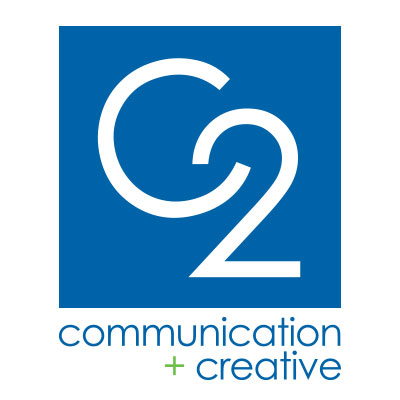We've all survived a PowerPoint presentation disaster. It's painful, right? Sometimes the speaker is the problem. He or she stumbles through slide content reading it word for word with no context. But most of the time the information shared in the presentation fails to get the job done because the author of the content focused on the words and not the design of each slide.
Presentation decks filled with words, clipart from the 1990s, difficult-to-read font choices, and bad overall graphic design lead to disaster. Even the best speaker will struggle to overcome poorly designed slides. And your audience notices the smallest of things. Remember that typo you discovered as you presented to the board of directors? Yeah, everyone saw it.
Granted, some presentations need more content than others -- a webinar, for example. But every presentation you create must be polished and memorable for the right reasons. Bad graphics and tiny font sizes are not acceptable!
As you prep for your next presentation, remember to think big picture. Here are five pitfalls to avoid when creating PowerPoint presentations.
- Placing too much text on a slide. The slides you create aren't there for you to read verbatim. They provide your audience with an overview of your intended remarks. Don't put every point you intend to make into the slide content (see before and after slides at right). It's distracting and forces people to spend time reading words instead of listening to you.
- More content isn't always better. When using slides to support your presentation, make sure the information included on each slide actually enhances what you're saying. Use visuals, not words, to support your most important points. Sometimes a single photo or graphic perfectly captures the essence of what you need to say.
- Using an inconsistent color palette (and other elements). Multiple fonts, random and varying styles of graphics and using every color in the rainbow does not a good slide deck make. Create a presentation that is branded properly and provides a cohesive look. Develop master slides and a standard set of template slides to guide your work. Select two or three fonts at most. Keep the font size of every headline and subtext consistent from slide to slide. Develop a color palette that is complimentary to your organization's brand. From start to finish, each slide should look like it belongs.
- Overusing animation and build slides is not professional. Put yourself in the shoes of your audience. Does every slide need to build slowly to make to your point? Do things like animation and text graphics compliment your brand or make your slides look like a marquis on the Las Vegas Strip? Use special features subtly and don't let them become a distraction.
- Importing distorted or low quality images or graphics (see below). Who hasn't found an image on the web and copied/pasted it into a PowerPoint slide only to discover it's pixelated or distorted? A common and absolute mistake. No graphic or image should be added to your slide deck if it's out of focus, visually unappealing and poorly cropped or scaled. Pay a little extra for quality images and spend time creating easy-to-understand charts and graphs.
Bonus Tip: Don't wait until the night before your presentation to finalize your slide deck. Allow time to edit and polish the content and design of each slide.
Need help with the content and design of your next presentation? Let C2 Communication + Creative improve your slides -- and audience engagement.
